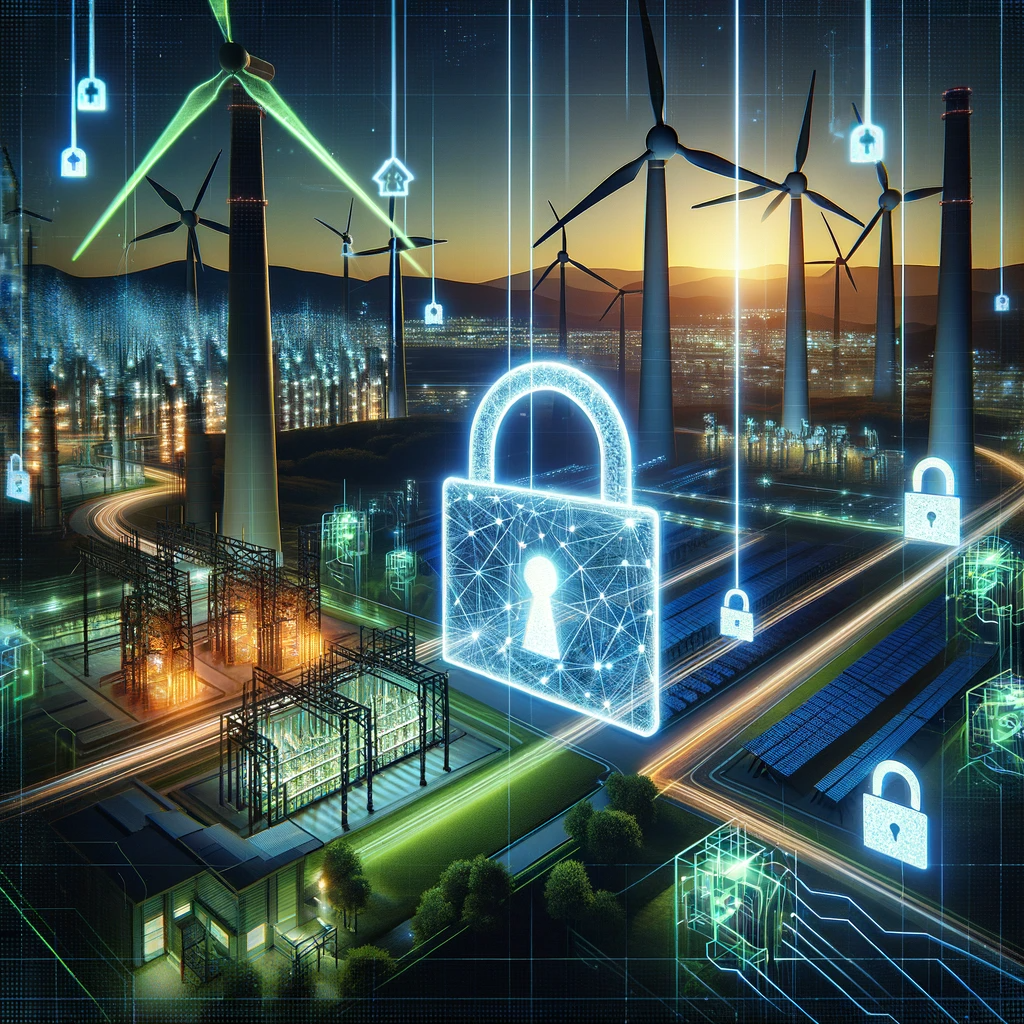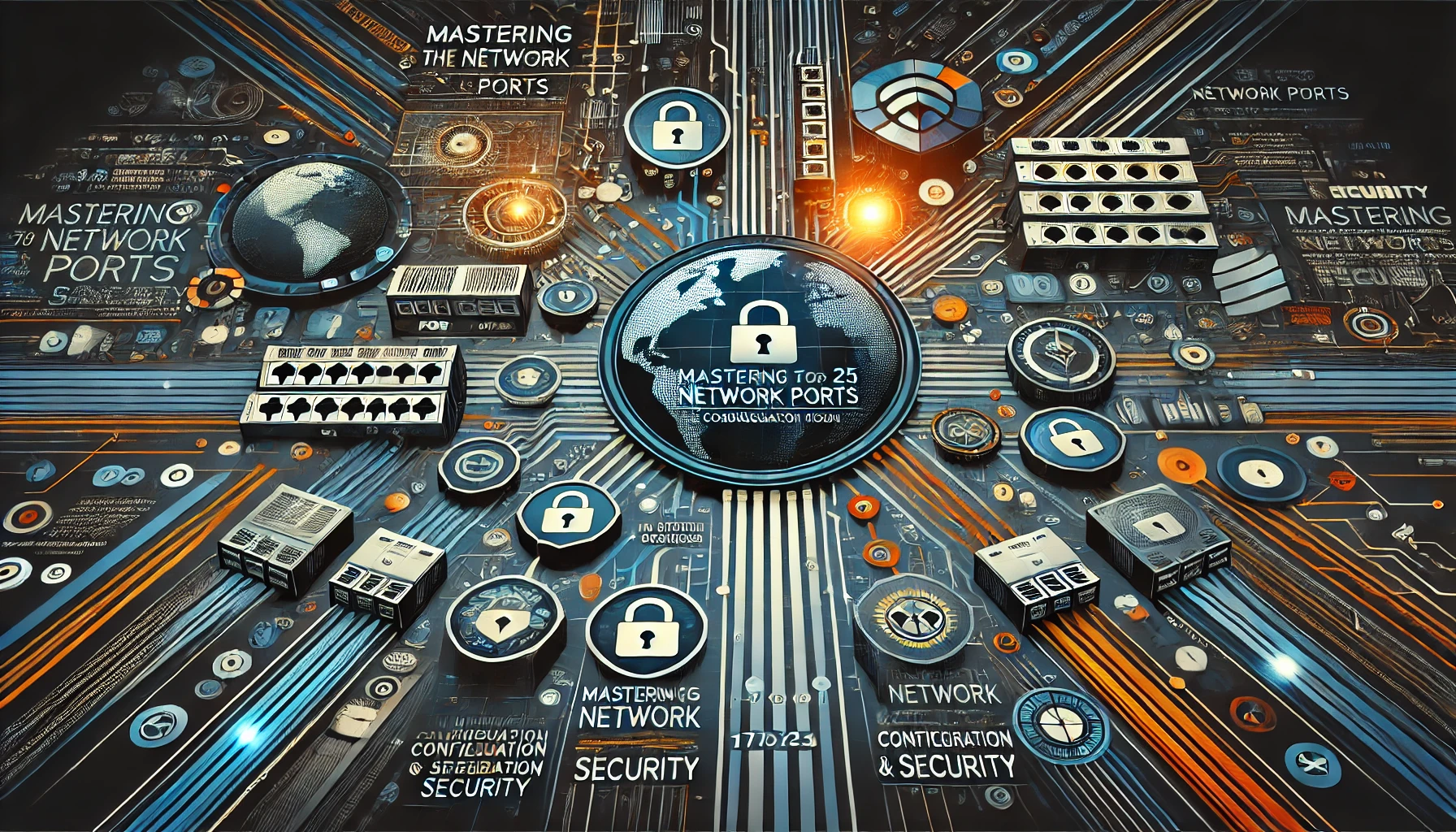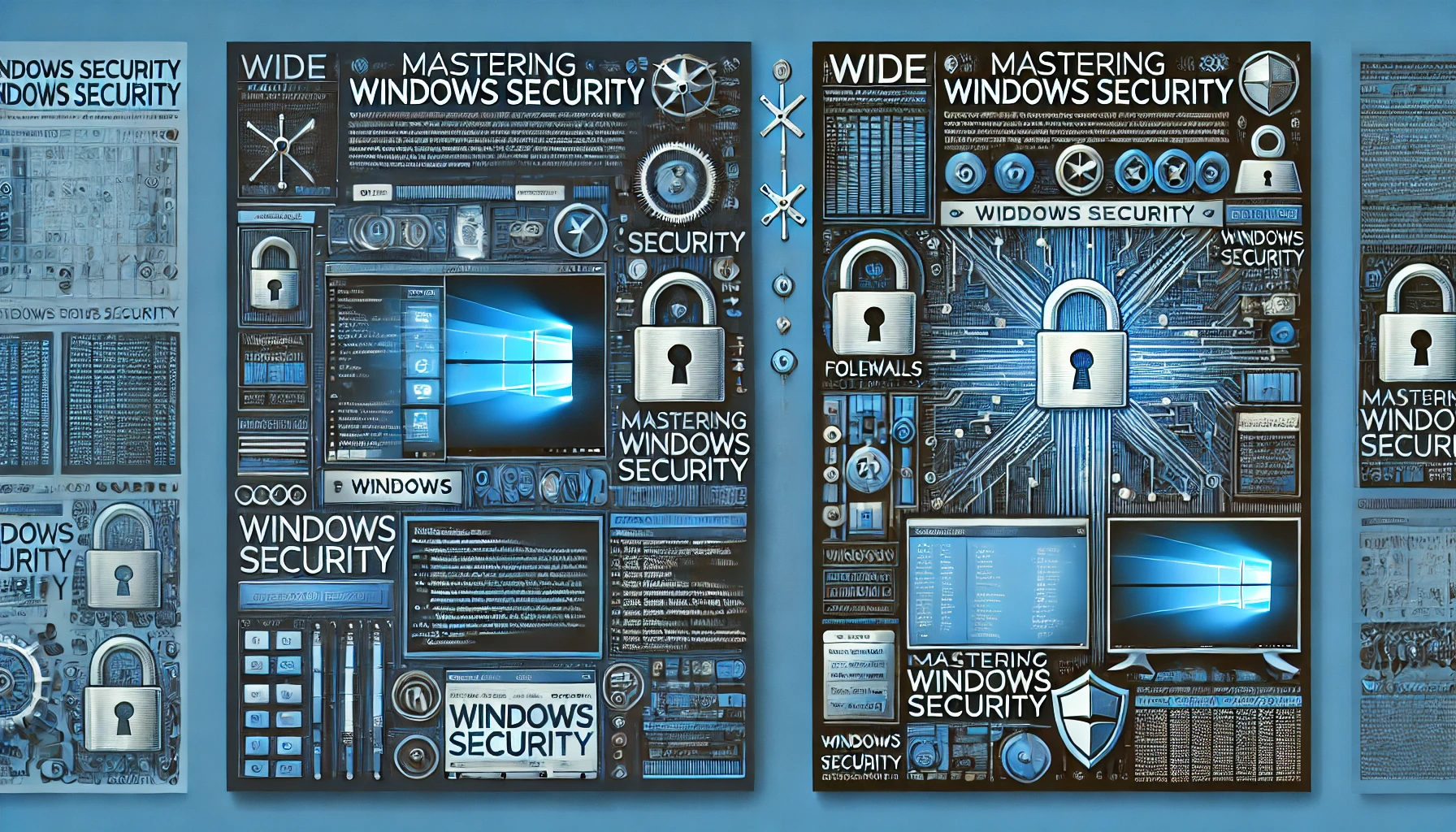
Cybersecurity in the Energy Sector: Protecting Critical Infrastructure
As the energy sector becomes increasingly digitized and interconnected, the importance of cybersecurity in safeguarding critical infrastructure cannot be overstated. With power plants, smart grids, and other energy systems relying on computerized controls and networked devices, they become vulnerable targets for cyber threats.
From nation-state actors to financially motivated hackers, cybercriminals are constantly seeking to exploit vulnerabilities in the energy sector. A successful cyber attack can have devastating consequences, including disruption of power supply, financial losses, and even potential threats to public safety.
The Unique Challenges of Cybersecurity in the Energy Sector
The energy sector presents a unique set of challenges when it comes to cybersecurity:
- Legacy Infrastructure: Many energy systems still rely on outdated infrastructure and technology, which often lack built-in security measures. These legacy systems are more vulnerable to cyber attacks.
- Complex Networks: Energy systems are complex and interconnected networks, making it difficult to identify and mitigate potential security risks across the entire infrastructure.
- Geographical Distribution: Energy infrastructure is spread across vast geographical areas, often including remote and inaccessible locations. This makes monitoring and securing the infrastructure a challenging task.
- High Stakes: The consequences of a successful cyber attack on the energy sector can be severe, including widespread power outages, disruption of critical services, and significant economic and environmental impact.
Key Cybersecurity Measures for the Energy Sector
To protect critical infrastructure in the energy sector, several key cybersecurity measures must be implemented:
- Robust Risk Assessment: Conducting regular risk assessments to identify vulnerabilities and potential threats is crucial. This includes evaluating the security of both IT systems and operational technology (OT) systems.
- Network Segmentation: Implementing network segmentation helps isolate critical infrastructure from non-essential systems, limiting the potential for lateral movement by attackers.
- Access Control and Authentication: Strong access controls, including multi-factor authentication, should be enforced to prevent unauthorized access to critical systems.
- Continuous Monitoring: Implementing robust monitoring systems enables the detection of potential threats and anomalies in real-time, allowing for timely incident response.
- Employee Training: Regular training programs should be provided to employees to enhance their awareness of cybersecurity best practices and potential threats.
Real-World Examples of Cybersecurity Incidents in the Energy Sector
Several notable cybersecurity incidents have occurred in the energy sector, highlighting the importance of proactive cybersecurity measures:
- Ukraine Power Grid Attack: In 2015 and 2016, cyber attacks on the Ukrainian power grid resulted in widespread power outages, affecting thousands of customers. The attackers used malware to gain control of critical systems, highlighting the potential impact of cyber attacks on energy infrastructure.
- Dragonfly Campaign: The Dragonfly campaign, attributed to state-sponsored actors, targeted energy sector organizations in the United States and Europe. The campaign involved sophisticated phishing attacks and aimed to gain unauthorized access to critical energy infrastructure.
- Stuxnet Worm: The Stuxnet worm, discovered in 2010, targeted Iran’s nuclear facilities. It was designed to disrupt and disable specific industrial control systems, highlighting the potential for cyber attacks to physically damage critical infrastructure.
As the energy sector continues to evolve and embrace new technologies, the importance of robust cybersecurity practices cannot be ignored. By implementing proactive measures and staying vigilant, the energy sector can effectively protect critical infrastructure and ensure the reliable and secure supply of energy.
Stay Connected with Secure Debug
Need expert advice or support from Secure Debug’s cybersecurity consulting and services? We’re here to help. For inquiries, assistance, or to learn more about our offerings, please visit our Contact Us page. Your security is our priority.
Join our professional network on LinkedIn to stay updated with the latest news, insights, and updates from Secure Debug. Follow us here.







